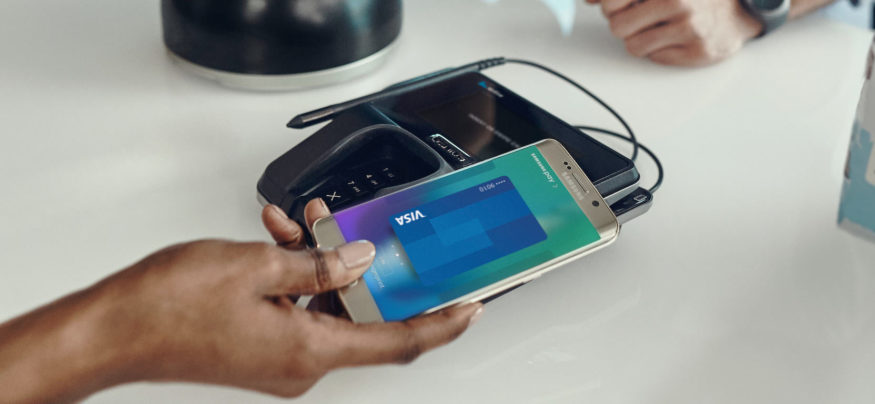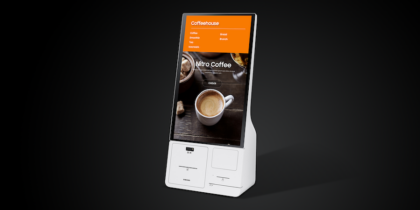Transaction security is critical in a retail strategy for adopting mobile payments. As merchants pave the way for consumers to pay with their smartphones and wearables, they’ll have to implement those technologies into their existing systems and ensure a high level of security and data protection.
Growing Popularity of Mobile Payments
The payments industry is changing rapidly. Forrester Research projects that mobile payments will reach $142 billion by 2019 as consumers undergo a mobile mindshift and “integrate mobile into every aspect of their lives.” Retailers are already making mobile payments part of their retail strategy, as the deployment of more NFC- and EMV-enabled readers is expediting mobile payments at such retailers as Walgreens, Best Buy and Kohl’s. One mobile wallet, Samsung Pay, offers compatibility with older point-of- sale (POS) readers through its magnetic secure transmission (MST) technology, which could further spur retailer adoption. Other retailers, such as Starbucks and Walmart, have already created their own robust mobile payment systems.
According to a report by consultancy firm Ovum, 81 percent of retailers say payments are a clear part of their business strategy, and half plan to offer mobile payments in the future. Yet more than 65 percent also said they were concerned about identity theft, stolen customer password details or chargebacks.
On the consumer side, mobile payments have had a rockier start. Accenture reports that only 18 percent of consumers made a mobile payment at least once per week in 2015. Over half said they aren’t using their smartphones for mobile payments because of concerns about security.
Although consumer adoption may be slow, Accenture says retailers need to think about mobile payments now because they can add a “game-changing” dimension to data collection and customer engagement. Some retailers have already gotten ahead of the game by creating their own mobile payment systems. Starbucks CEO Howard Schultz reported on the company’s Q1 conference call that 21 percent of all payments at Starbucks are now conducted on a mobile device.
Components of an Effective Mobile Payments Strategy
As negative perceptions may remain for the near future, retailers will have to make transaction security a centerpiece of their retail strategy to change the view that mobile payments are risky. Trevor Daughney, executive vice president of Inside Secure USA, told eWeek that to overcome security challenges, banks and issuers need to demonstrate that they’re safely handling customer data. “The payment industry needs to engage in awareness and education … security issues are by far the primary impediment to adoption,” said Daughney.
Merchants need a sound payments retail strategy to ensure they’re able to capitalize on growing mobile trends. Forbes reports that a survey of nearly 100 retailers by PCM Research and ACI Worldwide found that while half of retailers said they were interested in mobile POS and mobile wallets, only a fifth of them had implemented an omnichannel payments program. Retailers reported challenges such as incompatible systems, data integration and the inability to track customers.
A mobile payments retail strategy should factor in how the retailer’s market may use such payments, how the retailer can entice customers to use them with rewards and what type of mobile wallets will be accepted. Wallets such as Samsung Pay offer users the ability to access their merchant membership and loyalty cards in one application. According to Patrick Dodd, president of global retail at Nielsen, having a coherent mobile strategy “should be a key innovation pillar for retailers.” He continued, “The most successful strategies will be those that optimize and differentiate their mobile experience and improve the integration of their in-store and mobile services specific to the realities in each market.”
But most importantly, retailers should prepare for the coming future of mobile payments by having a strategy that prioritizes transaction security. A survey by ACI Worldwide of global retail and technology professionals found that 72 percent said payment security was the most important factor in an app. Retailers will need to follow market trends in mobile payments to ensure they’re offering the payment options consumers desire. They’ll also have to work with POS solution providers and payment processors to secure customer data with measures such as point-to-point encryption and tokenization.
Samsung Pay is a simple and secure way to make mobile payments, using tokenization technology to keep sensitive payment information safe at all times.







